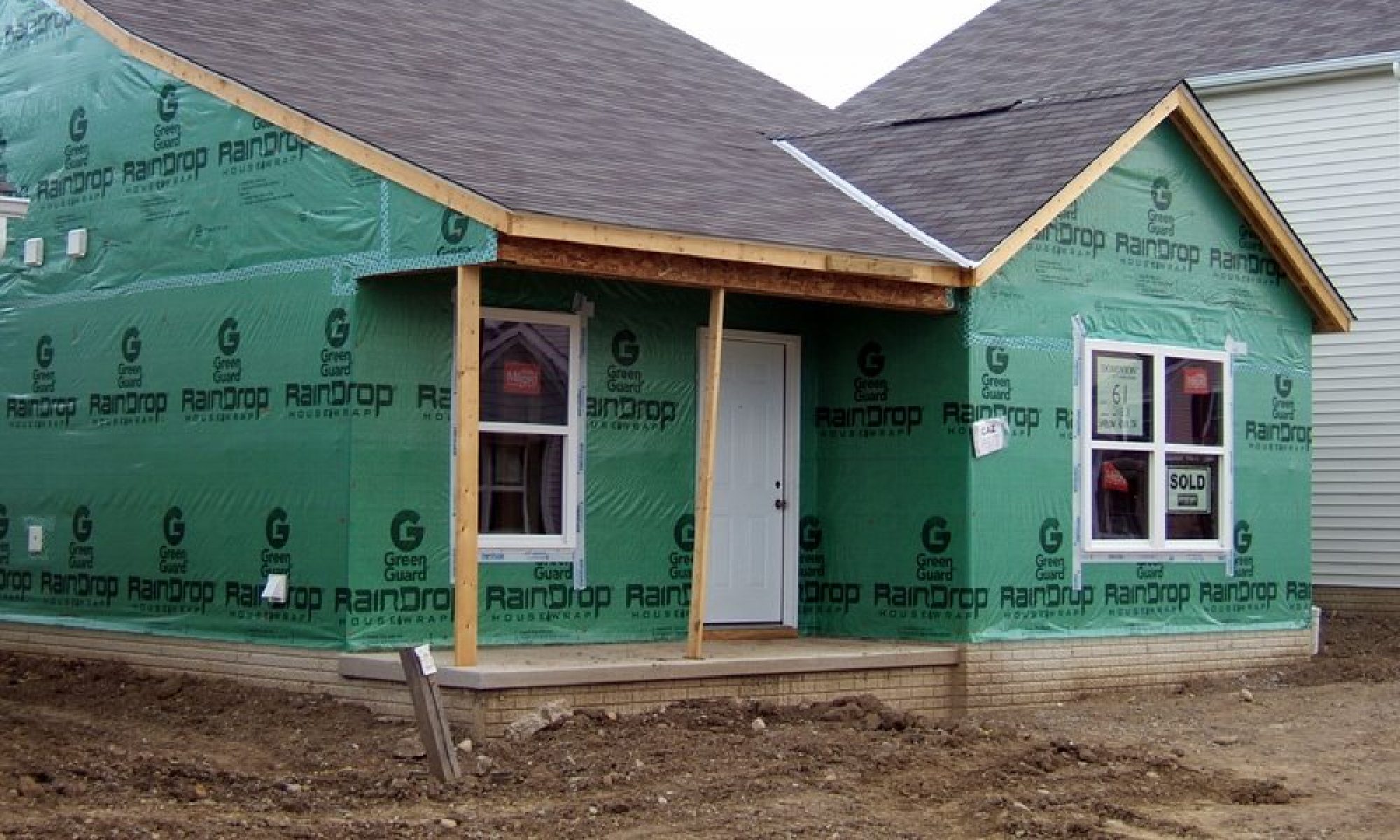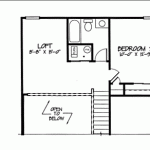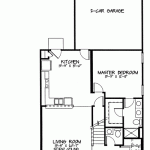Friday after work I braved the west-side traffic for a visit to a Dominion community off Renner Road, just a stone’s throw from Hilliard-Rome. They have a fully furnished Richmond over there, and I wanted to snap some photos of the interior. From the time I left Route 70, a half-hour elapsed before I pulled into the parking lot. Keep in mind that the community is less than a half-mile from the exit. Probably the worst traffic nightmare I have ever witnessed. People who live over there have to deal with this mess every day, the result of a never ending road-construction project. I figured I could brave it because, you know, it was only for this one time. Right?
Wrong.
As I was turning off the car and reaching into the back seat for the camera, it occurred to me that the place looked deserted. My jaw hit the steering wheel as I read the sign outlining the hours of operation: “Friday by appointment only.” Sonovabitch! Who the hell closes a sales center on Friday?
Like a peeping-Tom, I crept up to the kitchen window and peered in. Looked beautiful, but there was too much glare on the glass to get a good picture of the interior. Same situation at the front of the house looking into the living room. I could see interior clearly by putting my face up against the glass, but could not snap a decent photo. So I will be braving the horrid traffic again, but only after checking the hours beforehand. Stay tuned to see the interior photos of the model house sometime in the next week.
—Michael


